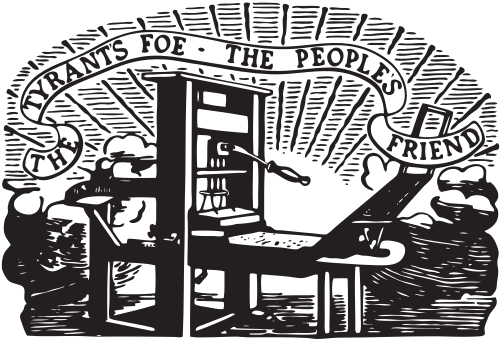 Texas Lt. Gov. Dan Patrick speaks during a news conference at the Texas Capitol in Austin, Tuesday, June 6, 2023. (Eric Gay/AP Photo)
Texas Lt. Gov. Dan Patrick speaks during a news conference at the Texas Capitol in Austin, Tuesday, June 6, 2023. (Eric Gay/AP Photo)Texas Lt. Gov. Dan Patrick has said that cracking down on the hemp industry will be a priority for the Texas Legislature, which convenes Jan. 13. He already is touting Senate Bill 3 from state Sen. Charles Perry of Lubbock, which seeks to ban the sale of cannabinoid products in dispensaries, coffee shops and gas stations across the state, and would reverse some of the rules regarding such sales and production that were eased six years ago.
Following a national trend, the 2019 Legislature allowed the farming and production of hemp products with low levels of tetrahydrocannabinol, or THC, which is the psychoactive ingredient in marijuana. The eased levels helped develop a hemp industry that has grown to about $10 billion and created some 50,000 jobs in Texas.
It would be fair to ask: Could part of that growth come to a Rio Grande Valley that last year lost its $100 million sugar cane industry, and would Patrick’s purely puritanical efforts hinder that opportunity?
The problem is, hemp is related to marijuana and the industry includes CBD products that can be smoked or vaped. But many other species of the plant are used for clothing, paper and other products and have little or no THC. Patrick last month said the 2019 law provided “life-threatening, unregulated forms of THC to the public and made them easily accessible.” The Texas Hemp Association counters that the products are heavily regulated and tested, and Patrick’s rhetoric “is not grounded in science but rather in fearmongering.”
 Gummies have become a popular consumable hemp product since a 2019 Texas law legalized the cultivation of hemp. Under federal and Texas law, hemp is cannabis with a Delta-9 THC concentration below 0.3%. (Amanda McCoy/Fort Worth Star-Telegram/TNS)
Gummies have become a popular consumable hemp product since a 2019 Texas law legalized the cultivation of hemp. Under federal and Texas law, hemp is cannabis with a Delta-9 THC concentration below 0.3%. (Amanda McCoy/Fort Worth Star-Telegram/TNS)Independent testing of CBD products across the state found some that had THC levels above the law’s limits.
Patrick wants to list THC at all levels as a Schedule I controlled substance, like opiates and other hard drugs, and the state already is appealing a court ruling that it can’t.
A major problem in the debate is the insufficient amount and scope of testing. The legislature and Congress both have enacted laws banning testing of marijuana and other drugs, or funding for such testing. As a result, research is lacking.
That makes it hard to regulate the product. Different species of hemp have different amounts of THC but are hard to tell apart. After the 2019 law was enacted, the Texas Department of Public Safety stopped enforcing marijuana laws because it was too hard to determine what was legal and what wasn’t.
Previously, policies went the other way. A few decades ago, South Texas was investigated as a suitable place to grow kenaf, a type of hemp that could produce paper and save countless acres of trees. Kenaf has no THC, but because it looks much like plants that do, investors decided it wasn’t worth the headache they expected from overzealous law enforcers.
Could the 40,000 acres that once grew sugar cane be used for kenaf of another benign hemp product that could help offset our Valley’s sugar-related losses?
At the very least, Perry’s bill should allow for better research that will enable lawmakers, and all other Texans, to make better decisions regarding products that can benefit us greatly if more information is available.
The post Editorial: State crackdown on hemp goes against national trends, could cost Valley opportunities appeared first on MyRGV.com.
 (2).png)
 7 hours ago
18
7 hours ago
18








 English (US)
English (US)